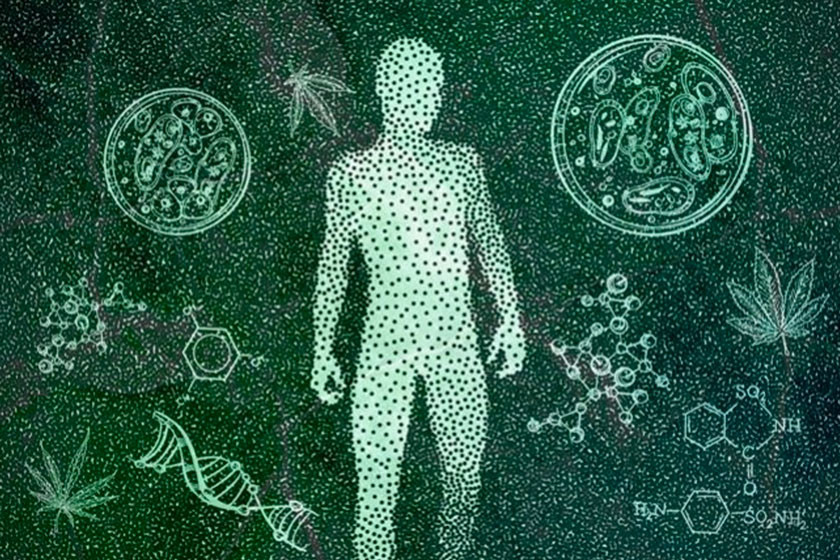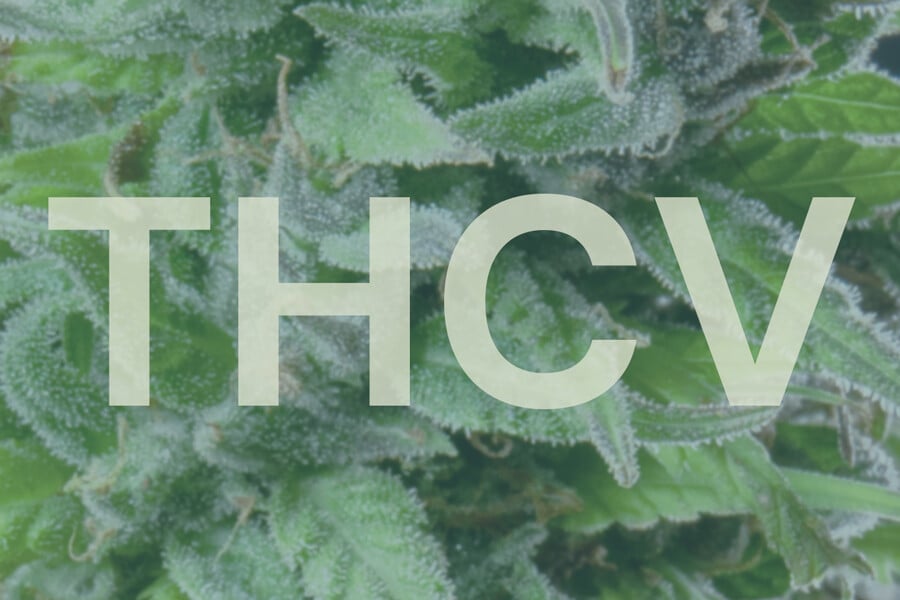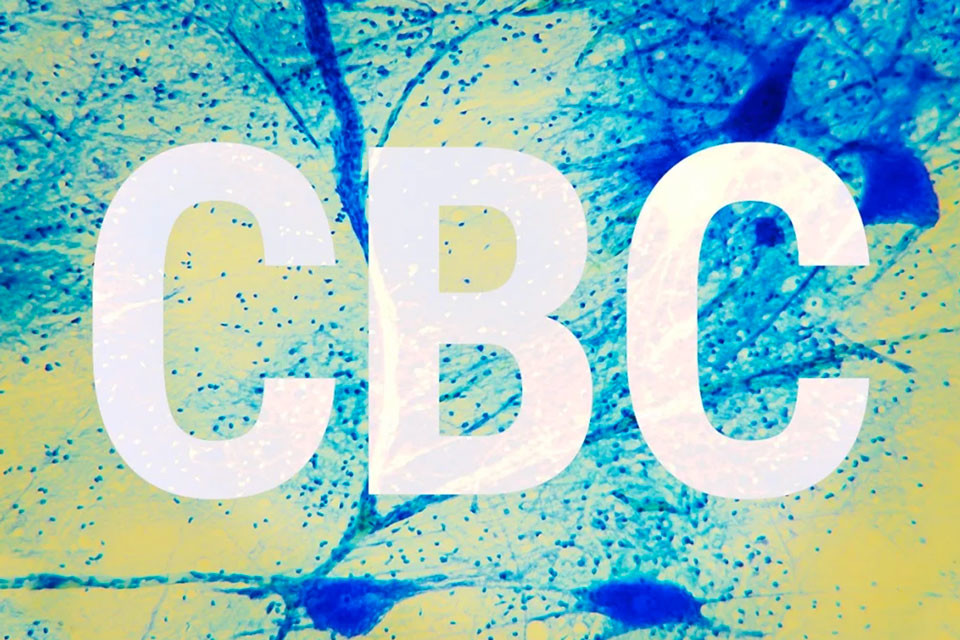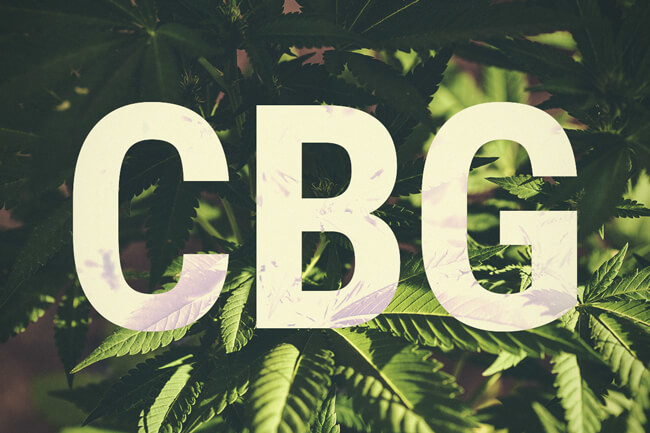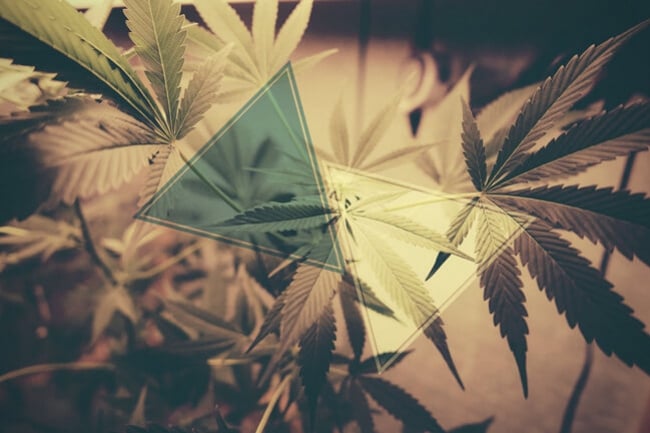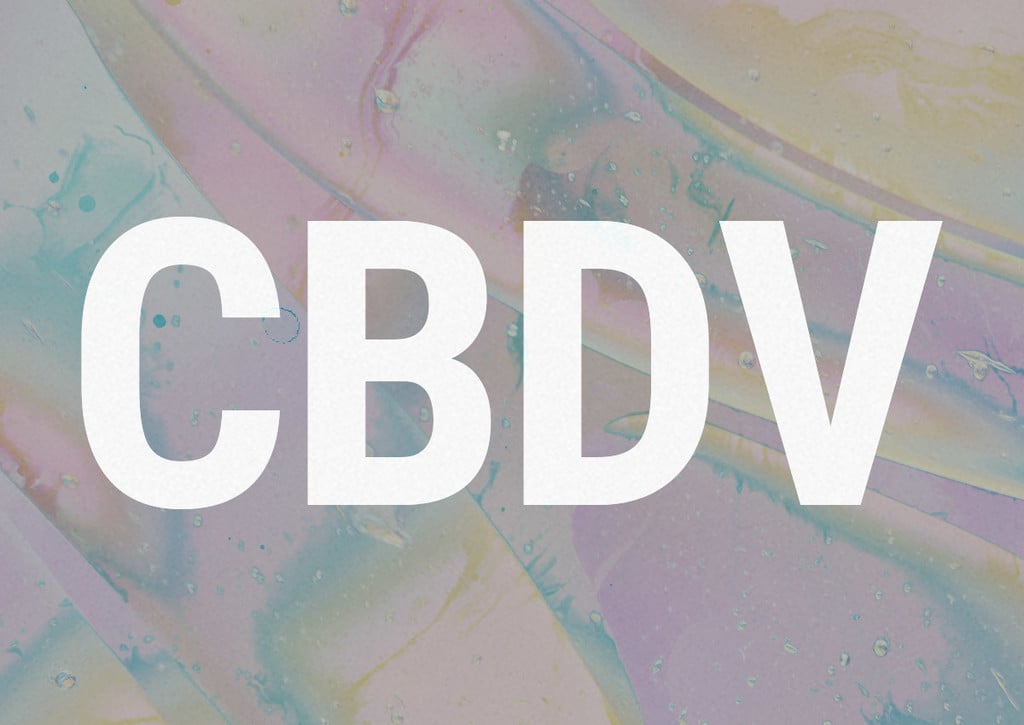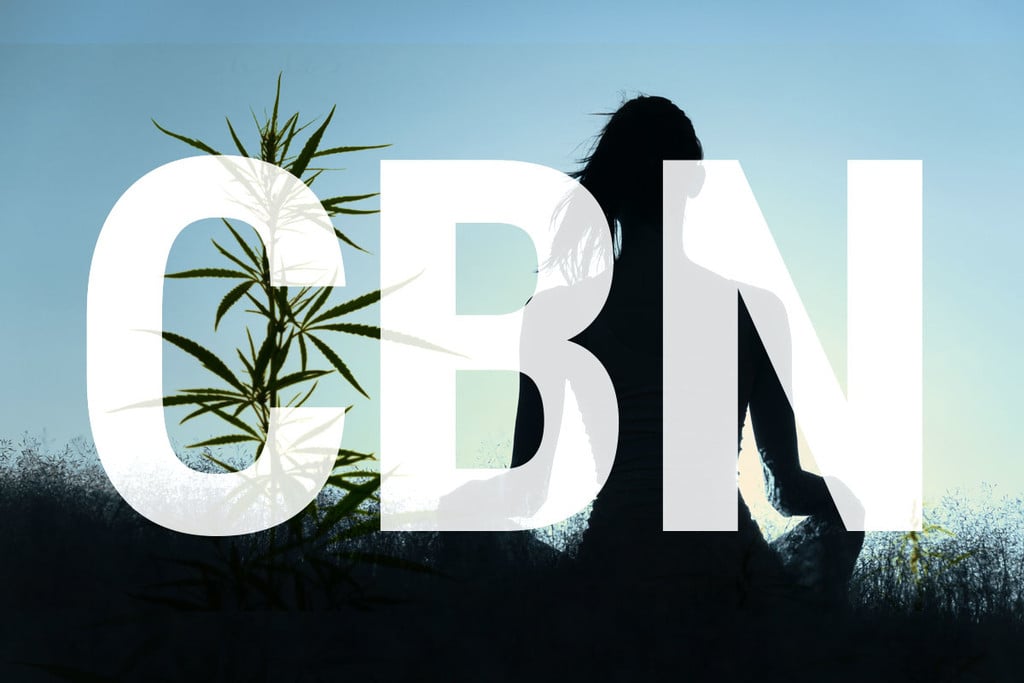.
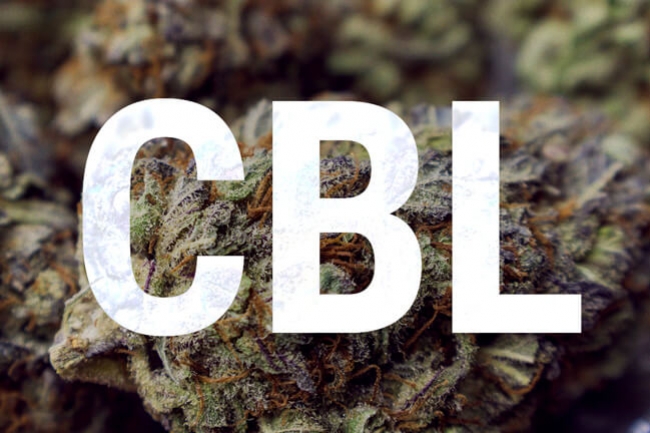
Cannabicyclol: Understanding Cannabinoid Basics
Although THC and CBD have received a lot of attention as of late, little-known cannabinoid cannabicyclol (CBL) has yet to experience the same attention. Here's what we know about CBL right now.
There are over 100 different active compounds in cannabis. Arguably, the most well-known are THC and CBD, but there are many other cannabinoids, terpenes, and other compounds that contribute to cannabis’ unique and varied effects. One such compound is cannabicyclol or CBL, a compound usually found in old cannabis that has been stored for long periods.
WHAT IS CANNABICYCLOL?
Cannabicyclol, also sometimes referred to as cannabipinol (CBP), is a phytocannabinoid found in the cannabis plant. Unlike other popular compounds like THC and CBD, cannabicyclol hasn’t been studied extensively, and little is known about its effects and potential benefits.
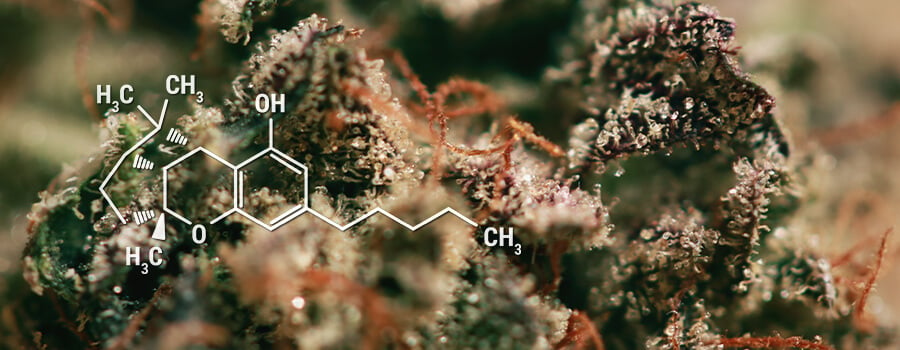
WHAT ARE THE EFFECTS OF CBL?
Unfortunately, very little research has focussed on the effects of CBL. Instead, most of the existing studies on the compound have focussed on its chemical structure and synthesis, rather than its impact on the human body, for example.
Only a few studies have tested CBL for its medicinal properties. So far, most of these studies have produced negative results, suggesting that CBL doesn’t have the same medicinal value as THC, CBD, or other cannabinoids found in the cannabis plant.
One study[1], conducted in 1976, studied the effects of CBL on rabbits. It noted that in small doses (1mg per kilo of bodyweight), the compound produced no notable results. However, in larger doses (8mg per kilo of bodyweight), CBL caused convulsions and death.
Note: The above study was conducted on just 2 rabbits and probably isn’t an accurate representation of the compound and its effects. More studies are needed to understand how CBL works.
HOW IS CBL SYNTHESISED?
CBL is very similar in structure to THC and CBD. However, it differs slightly, and is believed to be produced by the degradation of other cannabinoids (such as cannabichromene).
Old samples of Pakistani hashish[2] and cannabis from China[3] (dating back to 2700 BCE) have been shown to contain high concentrations of CBL. Research shows that cannabichromene (CBC) degrades into CBL when cannabis is exposed to light (much like THC degrades into CBN).
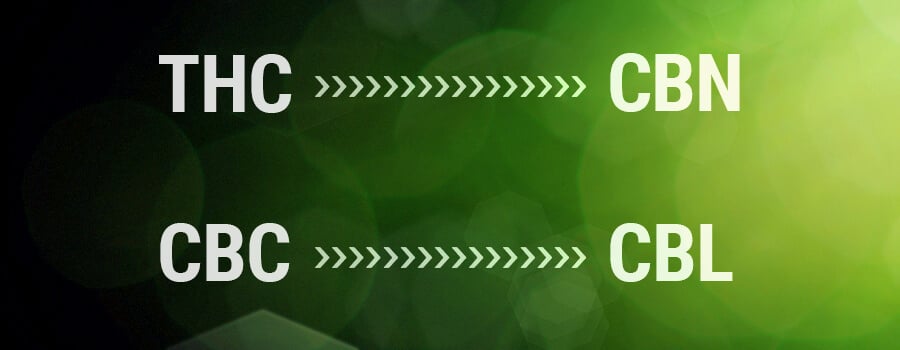
FIND OUT MORE ABOUT CANNABINOIDS
Unfortunately, there isn’t a lot more we can share about this compound, seeing that only a handful of studies have explored it until now. We’ll update this post as soon as more information about CBL comes to light!
- Cannabinoid induced behavioral convulsions in rabbits. - PubMed - NCBI http://www.ncbi.nlm.nih.gov
- Estimation of Biologically Active Cannabinoids in Cannabis indica by Gas Chromatography-mass Spectrometry (GC-MS) https://www.researchgate.net
- Phytochemical and genetic analyses of ancient cannabis from Central Asia https://www.ncbi.nlm.nih.gov


























